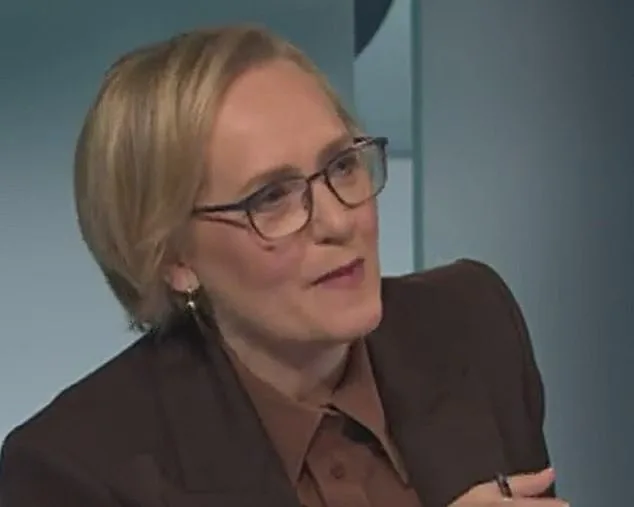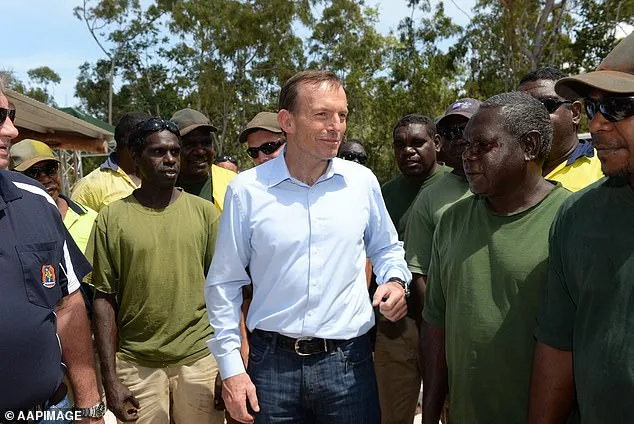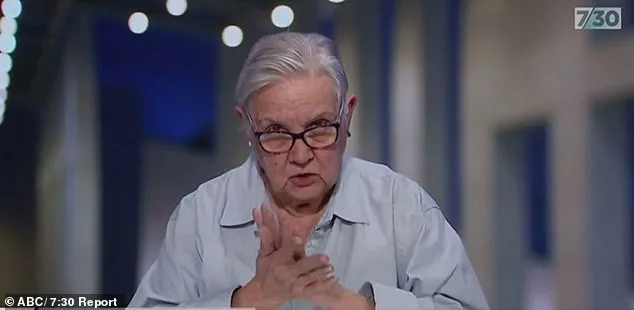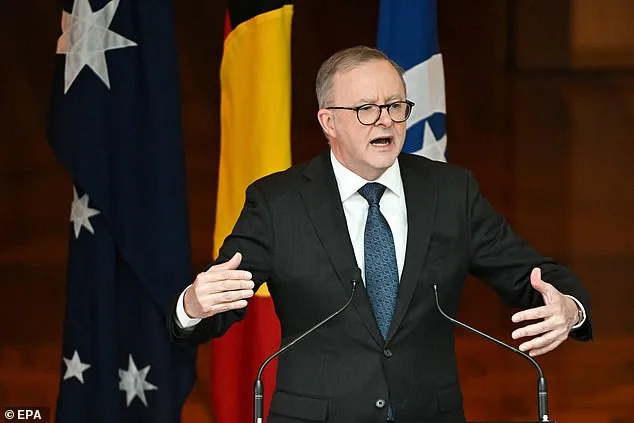The truth about ‘reparations’ demands in the Uluru Statement from the Heart as key architect speaks out
- Uluru Statement has been called ‘hate-filled and divisive’
- One of its architects said it was written at a time of ‘anger’
One of the architects of the Uluru Statement from the Heart has revealed the real reason the 26-page document contains calls for reparations to be paid to Indigenous Australians.
Speaking on ABC’s 7.30 show, Pat Anderson, who was co-chair of the Referendum Council, said the Uluru statement was written when participants were ‘angry’ at then prime minister Tony Abbott for slashing $500million from Indigenous funding.
Ms Anderson started by disputing how long the Statement is, saying ‘the Uluru Statement from the Heart is a one-pager, it’s 439 words’.
She said the following 25 pages were called Our Story, meaning it was the Indigenous participants’ view of history. ‘We recorded everything that people said …
‘People were distressed, because we went out not long after Tony Abbott when he was prime minister … took about half a billion dollars from Aboriginal programs.’


Ms Anderson said a lot of services relied on by Indigenous Australians disappeared ‘overnight’ due to the huge budget cut. ‘People were angry, upset, distressed,’ she said.
Controversy over what the Uluru Statement from the Heart does or does not say has exploded in the past week after Sky News host Peta Credlin accused Anthony Albanese of misleading voters by not talking about the ‘full’ 26 pages.
Credlin said Mr Albanese had been ‘lying’ about the Indigenous Voice to Parliament being a purely advisory body, saying in fact it a first step towards a treaty with Indigenous Australians.
‘The proposed Indigenous Voice, to be voted on later this year, is not yet doomed; but it deserves to be, because its advocates have failed to be straight with the Australian people,’ Credlin wrote in the Daily Telegraph.
‘As is now abundantly clear, the coming referendum is not about recognition; it’s an attempt to undo the last 240 years since settlement, and to retrofit Australia as a country that still belongs primarily to Aboriginal people, and we should just be grateful they let us live here.’
On Tuesday, Mr Albanese slammed the claim as a ‘QAnon’ style conspiracy theory.
The Prime Minister has regularly said the Uluru Statement from the Heart fits on one A4 page, so there is no fine print detail.
But the full 26-page document, obtained under Freedom of Information, includes detailed context about how the Statement came to exist.
Within the extra 25 pages are calls for reparations, ‘rent’ to be paid to Indigenous Australians, and a reconsideration of land rights – but such words were not included in the A4 statement Mr Albanese presents.
Opponents of the Voice have used the existence of the longer Statement to stoke fears reparations will soon be on the agenda if the Voice to Parliament gets approved at the upcoming referendum.
Those advocating for a Yes vote in the referendum say this is at least part of what has led to a collapse in support for the Voice in four recent polls, all of which point to a substantial defeat.
Ms Anderson said that in the final Uluru Statement, all of the ‘words and sentiments’ were expressed by ‘somebody at some stage during that whole process’.
‘The history of this country is bloody, it’s bitter and it’s full of pain and anger and distress.’

She said if the Voice referendum passes, ‘it’ll make a huge difference to the relationship (between the government and Indigenous Australians) and how the country in fact operates.
‘It will be better for everybody and it would be a much more equal kind of democracy.’
The Coalition parties, which oppose the Voice, have attacked Mr Albanese over his promise after becoming Prime Minister to enact the Uluru Statement ‘in full’, using the prospect of a treaty and reparations to undermine his arguments.
On Tuesday Opposition Indigenous Australians spokeswoman Jacinta Nampijinpa Price, said the the National Indigenous Australians Agency (NIAA) told her office that the full Uluru Statement was 26 pages.
But an NIAA spokeswoman disputed that, saying ‘is a one-page document, confirmed by the authors Noel Pearson, Pat Anderson AO and Professor Dr Megan Davis’.
Dr Davis has slammed what she called the No campaign’s ‘smear job’. ‘The Uluru Statement from the Heart is one page,’ she wrote in The Australian.

‘It’s very simple. The unceasing attempts from the No campaign to take draft documents from conference rooms seven years ago and transcriptions of butchers paper seven years ago to manufacture a controversy over the Uluru Statement is farcical. It reeks of desperation.’
But Credlin said Dr Davis’ view contradicted what she had ‘said repeatedly for years in official speeches, documents and in her many media appearances’.
In her 2018 Parkes Oration, for example, Dr Davis said the Uluru Statement ‘isn’t just the first one-page statement – it’s actually a very lengthy document of about 18 to 20 pages, and a very powerful part of this document reflects what happened in the dialogues’.
Credlin wrote that ‘It’s because this part – after page one – is so full of anger, entitlement and the demand to atone for the past 240 years of Australian history that the PM now wants to pretend that it doesn’t exist or has no status.’


